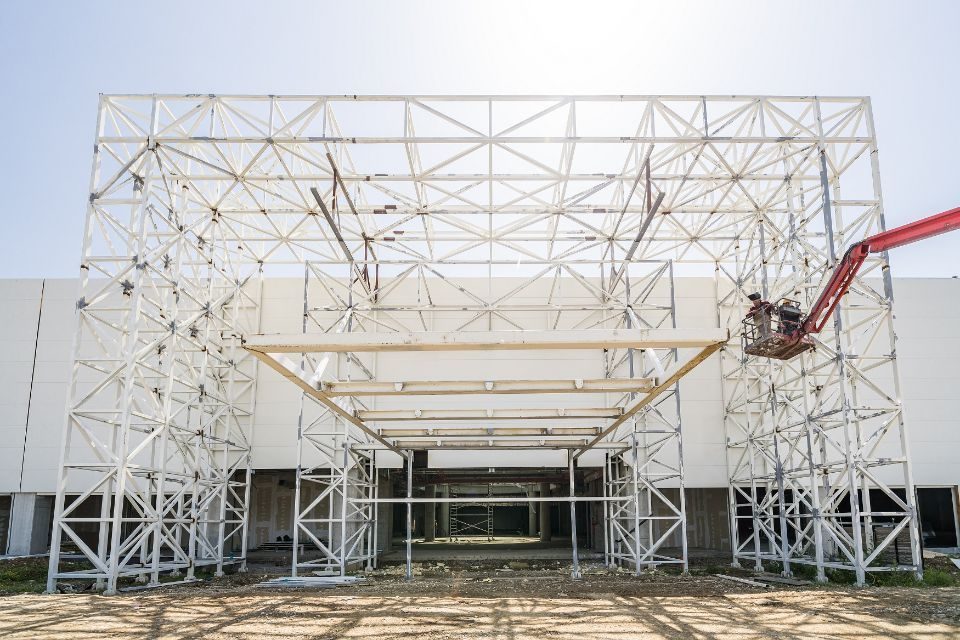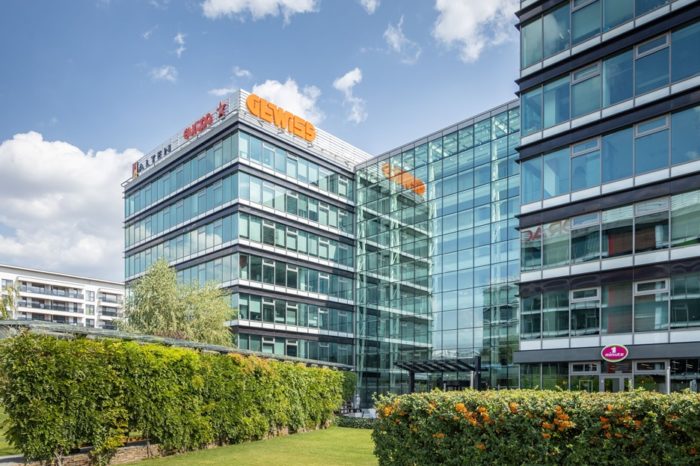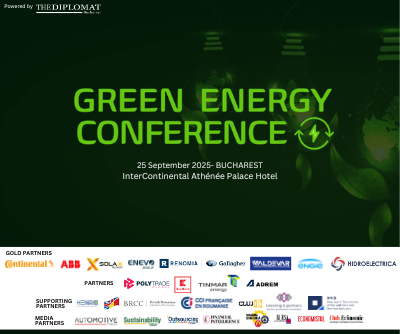Romanian construction market faces new pressure amid rising material costs and increased economic uncertainty

Romania’s construction market entered 2025 under significant pressure, driven by rising material costs, uncertain public investment, and new fiscal measures affecting the labor force. While the sector remains highly active, the 4% decline in 2024 compared to the record year of 2023 signals the first signs of a slowdown, according to Colliers’ annual report. Construction material prices have returned to 2022 record levels, while a budget deficit of nearly 9% of GDP casts doubt on the future of large EU-funded projects. Additionally, the removal of tax relief for construction workers is further straining companies in the sector, potentially leading to higher costs in 2025.
“Romania’s construction market maintained a high level of activity in 2024, despite a slight 4% decline from the previous record year, according to data from the National Institute of Statistics. Compared to 2018, construction activity in 2024 was 78% higher, reflecting significant industry growth. This expansion has been driven by large-scale public investment and a stable private sector, though growth rates vary across segments. However, these investments are heavily reliant on European funds, which in turn depend on the implementation of post-pandemic reforms. Delays in reform execution and a budget deficit nearing 9% of GDP raise concerns about the future of major projects. As spending cuts become increasingly inevitable, public investment could slow down, leading to a sector-wide re-prioritization”, explains Alexandru Atanasiu, Board Member & Head of Construction Services at Colliers.
Romania delivered in 2024 approximately 200 kilometers of express roads, expanding the national motorway network to around 1,200 kilometers – a significant improvement compared to the annual average of 35 kilometers recorded over the previous decade. Currently, more than 600 kilometers of motorway are under construction, alongside major rail and healthcare infrastructure projects. The private sector also holds strong growth potential, as all segments of the real estate market remain less developed than in other Central and Eastern European countries, with an even wider gap compared to Western Europe.
However, the current economic climate has made developers more cautious, with challenges varying across sectors. In the residential market, uncertainty and administrative bottlenecks have put many projects on hold. Industrial developers are also exercising caution due to the slowdown in the European economy, while the retail segment continues to expand, with major projects planned for the coming years. In fact, Colliers consultants note that retail is the only real estate sector showing significant acceleration, following an already strong period of growth.
“After construction material prices dropped in 2023 from their 2021-2022 peaks, the market appeared to be stabilizing. However, this trend has now reversed due to global geopolitical tensions, which continue to fuel uncertainty in international markets. In some respects, the situation is even more unpredictable than the post-pandemic period, when supply shortages led to massive price increases. The London Metal Exchange Index, which tracks aluminum, copper, and zinc prices, has surged nearly 12% over the past year, with copper reaching a new record high in 2024. Meanwhile, data from the Office for National Statistics shows that the decline in building material prices observed in 2023 has been completely reversed, with costs returning to 2022 record levels. At a time when developers are struggling to pass these higher costs onto customers and tenants, this trend could pose a serious challenge in 2025. If geopolitical tensions persist and new trade conflicts emerge between major economies, prices could continue to climb”, says Silviu Pop, Director CEE & Romania Research la Colliers.
Another factor driving up construction costs has been the shortage of labor. Compared to the pre-pandemic period, total employment in the economy has grown by only 3%, while the construction sector has expanded by 14%. This growth has been supported by competitive wages, which – when adjusted for the cost of living – are now comparable to those in Western Europe. However, Colliers consultants expect this dynamic to shift by 2025 with the removal of income tax relief for construction workers. With workforce retention already a challenge, companies in the sector will have to absorb additional costs, which will likely lead to further price increases.
In this context, 2025 is shaping up to be a transitional year for the Romanian construction market, marked by significant adjustments in both the public and private sectors. Rising costs, uncertain public investment, and fiscal pressures will compel industry players to adapt their plans and find solutions to maintain operational stability. In the longer term, the pace of development will depend on the market’s ability to navigate these challenges, alongside external factors such as European funding and the geopolitical climate. In this complex economic landscape, flexibility and efficiency in resource allocation will be essential to sustaining long-term growth in the construction sector.













